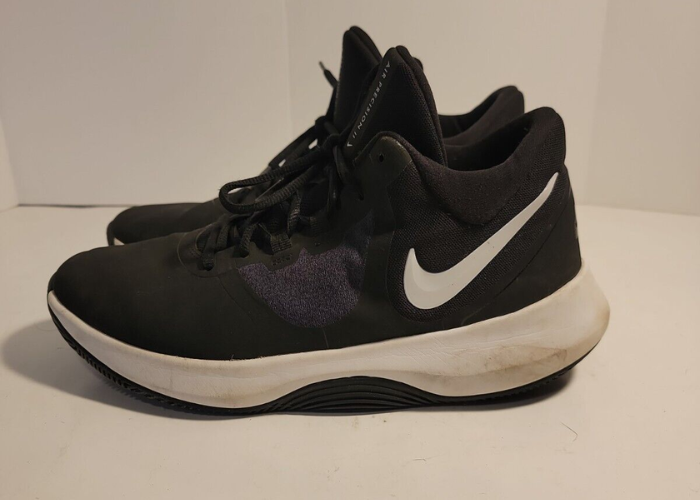When it comes to basketball, having the right footwear is crucial for performance and injury prevention. Over the years, technology has advanced significantly, offering players enhanced cushioning, superior traction, and optimal support. And you can look for footwear brands such as Air Jordan 1 for ultimate comfort. In this article, explore these three key aspects and learn how they impact players on the court.
Cushioning: Protecting Your Feet and Joints
Basketball is a high-impact sport that places a tremendous amount of stress on a player’s feet and joints. To mitigate these forces and provide maximum comfort, modern shoes employ advanced cushioning technologies. Here are some of the most common ones used:
- Air Cushioning: Introduced by Nike in the late 1970s, it revolutionised the way shoes absorbed impact. The technology utilises pressurised air pockets embedded in the midsole to provide responsive cushioning and shock absorption.
- Foam Cushioning: Foam materials such as EVA (ethylene-vinyl acetate) and PU (polyurethane) are commonly used in midsoles. They offer a balance of cushioning, responsiveness, and durability.
- Zoom Air: Nike’s Zoom Air technology takes cushioning to the next level. It consists of tightly stretched tensile fibres within a pressurised Nike Air unit, providing players with superior responsiveness and a low-profile feel. The technology is strategically placed in the forefoot or heel to optimise performance.
- Traction: Grip and Control on the Court
Traction is a vital aspect of design, as it directly affects a player’s ability to make quick cuts, change direction, and maintain balance. Proper traction prevents slips and enhances manoeuvrability. Various technologies contribute to it:
- Outsole Patterns: Basketball shoe outsoles feature intricate patterns, including herringbone, multidirectional, or modified patterns. These patterns maximise grip on different court surfaces and allow players to confidently make sharp movements.
- Rubber Compounds: The choice of rubber compounds used in the outsole significantly impacts traction. Durable and sticky rubber compounds, like Nike’s XDR (extra-durable rubber), provide excellent grip on indoor and outdoor courts.
- Traction Pods: Some brands incorporate strategically placed traction pods on the outsole to enhance grip during specific movements. These pods are designed to engage with the court surface and provide additional traction and stability.
Support: Stability and Injury Prevention
Basketball demands quick lateral movements, jumps, and landings, which can put significant stress on the feet and ankles. Therefore, your pair of footwear must offer adequate support to minimise the risk of injuries. Here are some support technologies commonly found in them:
- Upper Materials: The shoe uppers are typically constructed using synthetic materials, mesh, or leather. These materials provide support, stability, and breathability. Some brands reinforce specific areas of the upper with overlays or straps to enhance support without compromising flexibility.
- Midfoot and Ankle Support: Many of them feature midfoot shanks or plates that provide torsional rigidity, preventing excessive twisting of the foot during quick movements. Additionally, ankle collars with padding and internal support structures offer ankle stability and reduce the risk of sprains.
- Lacing Systems: Advanced lacing systems like Nike’s Flywire integrate with the upper to deliver a secure and personalised fit. These technologies evenly distribute tension across the foot, minimising potential slippage and maximising support.
In conclusion, basketball shoe technology has evolved significantly to enhance players’ performance and reduce the risk of injuries. And you can search for brands like Air Jordan 1 from various online stores. Cushioning technologies offer superior impact protection, while traction technologies improve grip on the court. Support technologies, including upper materials, midfoot and ankle support, and innovative lacing systems, ensure stability and minimise the risk of injuries. By understanding and considering these three essential aspects, players can make informed choices when selecting their footwear, ultimately optimising their performance on the court.




